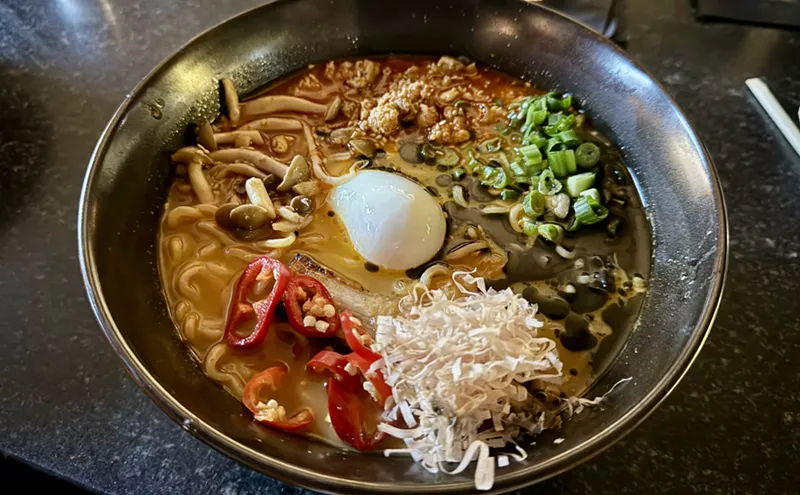Caramelpalooza is almost here and Chow Bella (if you haven't noticed) staff, contestants and judges are getting excited.
Caramel brings to mind another simple to prepare, sugar-based sweet: butterscotch, associated more with nostalgic American desserts than fine French sweets.
The question that came up this week: what is the difference between caramel and butterscotch?
Both caramel and butterscotch making begin with cooking sugar on the stove- top, usually with water. While the sugar-water mixture is boiling, the water evaporates, the sugar dissolves, then melts. As the sugar continues to cook, it passes through various stages, from thread (230 F) to caramel (320-340 F), with gradations of ball and crack, (really those are candy terms!) stages in between.
how to make caramel sauce after the jump
The process for making butterscotch is the same as making caramel. Master caramelizing sugar and you have the technique down for both. The difference is in the ingredients; the use of brown sugar in butterscotch verses white sugar in caramel. Depending on the recipe, additional ingredients (vanilla, lemon juice, baking soda) may vary as well as cooking time and temperature determined by the final stage of desired doneness.
Tips for caramelizing sugar:
1. Create mis en place (everything in its place): weigh and measure all ingredients before you begin cooking
2. Use a very large saucepan: after the sugar caramelizes liquid ingredients (cream, milk) are added and the caramelized sugar will bubble up, increasing in volume. Note: caramelized sugar is molten hot! Handle with care.
3. Minimize stirring: after the sugar begins to dissolve, gently swirl the pan, avoid over agitating and stirring. 4. Avoid crystallization: desired goal for cooked sugar is the sugar dissolves as it passes through its cooking stages. If the sugar crystallizes graininess develops. Keep a small bowl of water and a clean pastry brush near the stove- top, wash down the side of the pan with water from the brush without touching the surface of the sugar to keep crystals from forming. 5. Inversion: lemon juice or other acids called for in a recipe breaks down the sugar, aiding moisture retention and inhibiting crystallization. 6. Tools: use a candy thermometer: accuracy is important for cooked sugar to reach correct stage of caramel.
7. Cook with your senses: caramelized sugar looks darker in the pan, keep a white plate and a small spoon next to stove top, dip the spoon in the caramel and test color against white plate. 8. Stay don't stray: be patient as the sugar dissolves and cooks, it takes time, once the sugar begins to caramelize it can go from perfect to burnt very quickly. 9. Hot spots: beware of hot spots in the pan, one bit of burnt caramel and the whole batch tastes burnt. 10. Don't curdle: cream, milk or other liquid added to caramelized sugar should be at room temperature or warmer.
Caramel Sauce Ingredients 8 oz white sugar 2 oz water 1 teaspoon lemon juice 6 oz heavy cream 4 oz milk-optional
Method
1. In a large, non-reactive, heavy bottomed saucepan, stir together sugar, water and lemon juice, it will look like wet sand.
2. Bring the mixture to a boil; occasionally give the pan a gentle swirl. Do not stir.
3. As the sugar cooks, brush the side of the pan with water, if necessary, to move any bits of sugar into the mixture. See note above. Turn the heat down to medium high.
4. Cook the sugar until golden brown (caramel stage=320-340 F)
5. Turn off the heat, leaving the pan on the stove.
6. In a small saucepan, warm the cream.
7. Working quickly, add ¼ of the warm cream to the caramelized sugar. Stir, and continue to slowly add remaining cream. Turn the heat back on and stir until caramel sauce is smooth.
8. Cool. Gradually add part or all of the milk to reach desired consistency.
9. Store in a covered container. Refrigerate and slowly reheat if not using immediately.
Butterscotch sauce: Replace white sugar with brown sugar. Melt 2 oz butter in the pan, then add brown sugar. Omit lemon juice. In step 4, cook to 240 F (soft ball stage).











